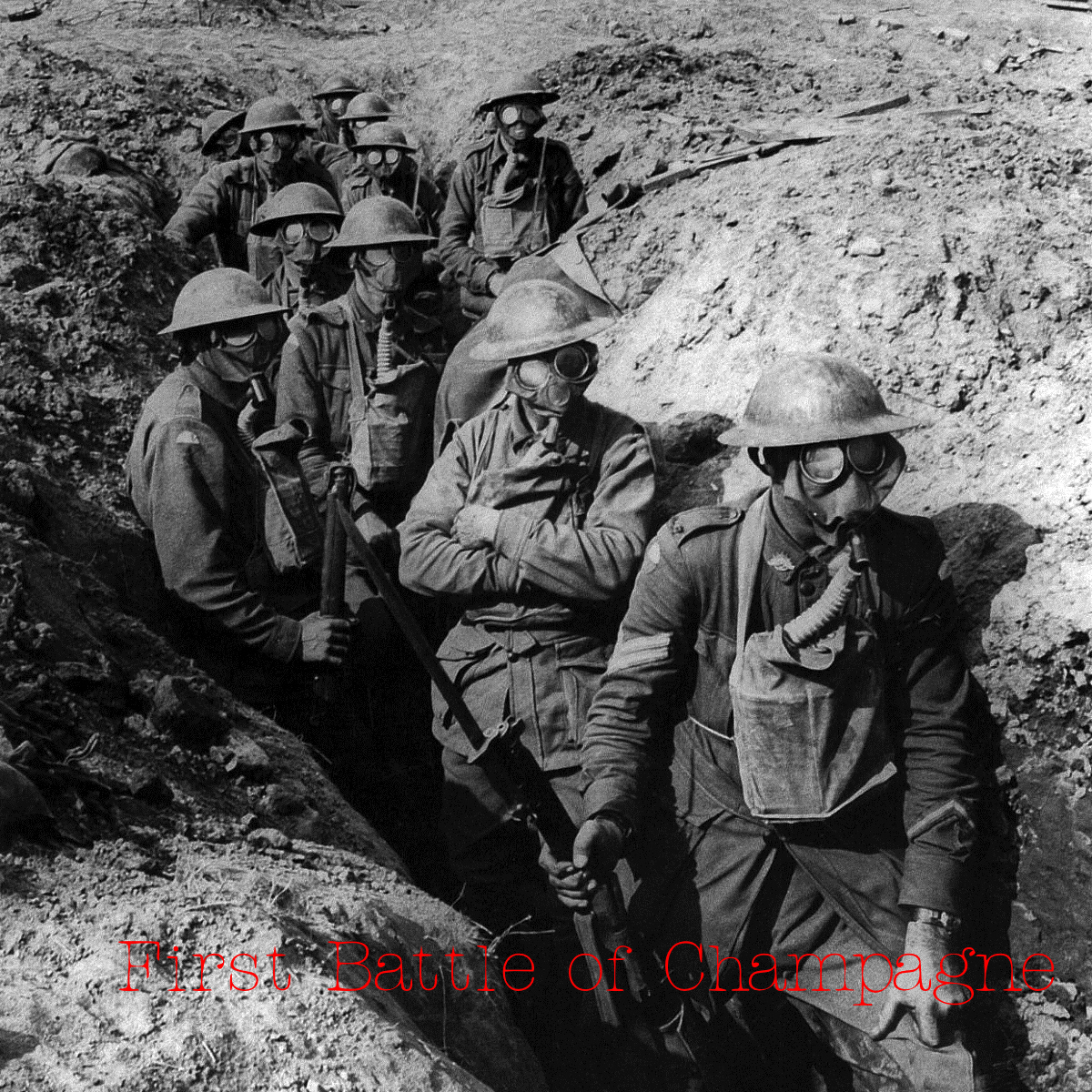First Battle of Champagne
First Battle of Champagne The first Battle of Champagne began on December 20, 1914. This was “effectively the first significant attack by the Allies against… Read More »First Battle of Champagne
First Battle of Champagne The first Battle of Champagne began on December 20, 1914. This was “effectively the first significant attack by the Allies against… Read More »First Battle of Champagne
